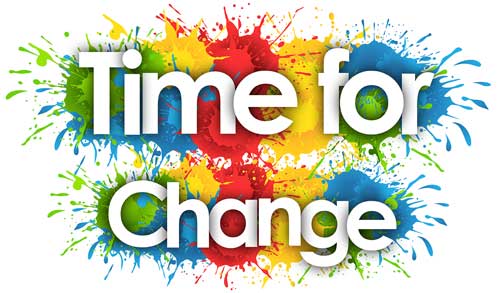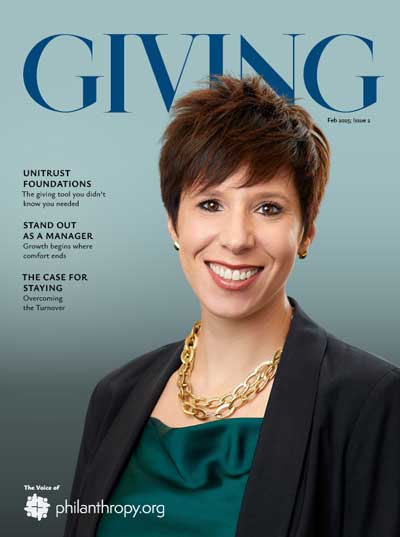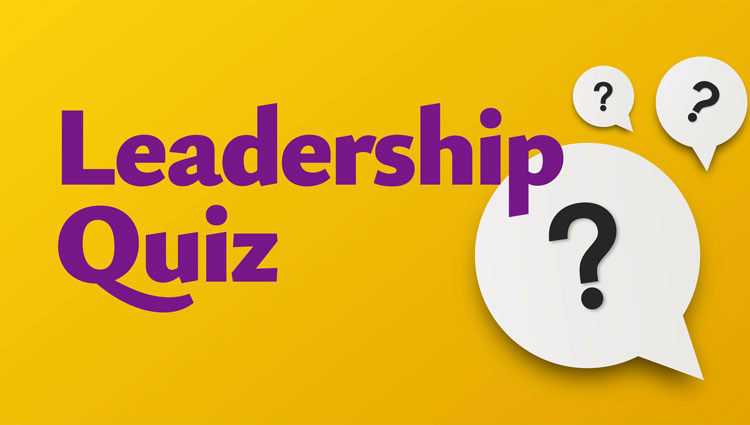Consider all the fundraising texts, blogs, articles, podcasts and conferences. Evaluate the content and note how often and carefully they parse and re-parse the process of fundraising, providing tips, tactics and tools for:
- Identifying prospects
- Acquiring donors
- Engaging prospects
- Making more compelling appeals
- Soliciting prospects
- Stewarding donors
Note how often the tone of these instructive materials treats fundraising as something we do to prospective givers, not what we do with potential partners.
Jim Langley Tweet
Note how often the tone of these instructive materials treats fundraising as something we do to prospective givers, not what we do with potential partners. See how often they tout the latest technology with acknowledging that donor attrition has accelerated even as more and more sophisticated technology has become available to us.
In Pursuit of Metrics
Observe how frequently are we told what metrics will produce the best annual yields and how infrequently are we instructed on:
-
- The ways to optimize the lifelong potential of each donor we are lucky enough to have
-
- How rapid and impersonal transactional fundraising inevitably leads to higher rates of donor attrition and, therefore, long-term fundraising potential
-
- How to listen for, respect and align our interests with donors’ most deeply held values
-
- How to build not just “predictive profiles” but gather relevant donor information that will allow us to more gracefully manage long-term relationships even in the face of the constant turnover of fundraisers
-
- The most effective ways of building and deepening donor loyalty
-
- How building loyalty leads to higher levels of giving over time and the more regular receipt of significant estate gifts
-
- How to pulse donors to ask how satisfied they are with their giving experience and what we can learn from other organizations that have, in their estimation, done a better job than us
-
- How to create donor experiences that money can’t buy
-
- How to turn donor talents into greater commitments of time and, eventually, treasure

In Pursuit of Credibility
Observe how rarely they underscore what organizations must obligate themselves to if they are to strengthen their fundraising credibility and appeal, including:
-
- Conducting needs assessments to show how they are responding to changing societal needs
-
- Being clear about where specific amounts of private support will lead to greater service delivery
-
- Establishing performance metrics for mission delivery, not just fundraising
-
- Making stewardship and accountability a shared institutional ethic
-
- Developing policies, procedures and practices to ensure donor intent is preserved even long after the donor is gone
-
- Treating donors like shareholders by giving them opportunities to voice their hopes and concerns and to be an integral part of organizational planning
Sustained Success
Note how infrequently they touch on, much less delve into, the predicates of sustained fundraising success including:
-
- The architecture and process, including step-by-step strategies and tactics, for building communities of shared purpose that allow donors to believe, belong and make the world better
-
- Appealing to the cause orientation of younger generations
-
- Creating “big tent” coalitions in which diverse populations can find common cause
-
- Mitigating ideological polarization by framing strategic objectives in more practical, problem-solving ways
-
- Creating constituents and developing partnerships in ways that are not unduly fundraising-forward
- Creating civic collaborations and community-based coalitions that demonstrate how purpose-driven organizations are working together to address the root causes of social ills or steadily widen the circle of opportunity

Time for a Change
These predicates are what too many fundraising organizations are oblivious of or have taken for granted for too long, which has contributed to the decline in philanthropic participation, more rapid rates of donor attrition, and the steady decline in the effectiveness of fundraising-forward approaches. That, in turn, has led to the tendency of unaware bosses and board members to fault fundraisers and double down on traditional tactics, ignoring the laws of diminishing returns. As a consequence, fundraisers’ effectiveness is sorely sub-optimized, leaving them discouraged and looking elsewhere.
The predicates are what most fundraising organizations need to turn to with urgency and imagination if they are to stem the longstanding and apparently unrelenting trend of “donors up, dollars down,” the greater reliance on the wealthy, aged few, and avoid the inevitable, steady “dollars down” that will come as the wealthy few pass on.








Very true! Time for change!
agreed